What to Check in Balcony Design when Buying a House?
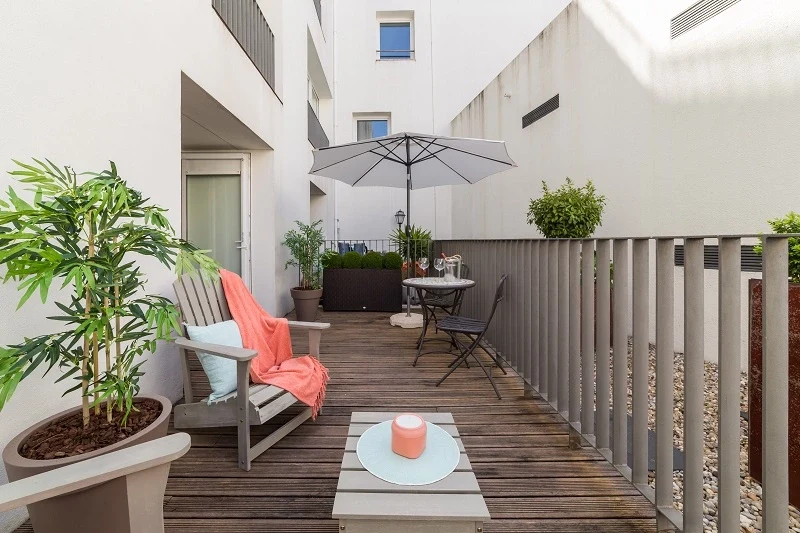
A house with a balcony or terrace is nothing short of a vacation each day. Imagine pouring yourself a cup of your favourite hot beverage and stretching in the balcony or terrace on your bean bag or striking some calming Yoga poses and enjoying the bliss. Whatever your age, your hobbies or your likings, a house with a balcony or terrace can be a blessing for more reasons than one.
Be it a balcony or a terrace, it is meant to offer surplus usable living space outside of the home. These spaces connect the interior areas with the outdoor areas and are thus transitional spaces. While the purpose of a balcony and a terrace may be similar, there are significant differences between them, including their size and location.
- A terrace is typically larger than a balcony and is double-height. A terrace cannot be roofed without an approved floor plan .
- A balcony is off an upper floor space, is semi-covered and has a single height opening.
Owing to the difference in size and construction, the usability of the balcony and terrace varies. According to your lifestyle and usage, make this fundamental choice first – balcony or terrace.
All the balconies in the house typically make up for about 12-15% of your apartment size and thus they should be a deciding factor for your house choice. If the unit plan has a terrace, it will be the additional open space available to you. Once the choice between a balcony and a terrace is made, evaluate the balcony or terrace on the following basics:
USABILITY
Size and Location:
- To define the use, as a first step it is important to check to which room the balcony or terrace is attached. Depending on its size and location, the use will be determined.
- A stand-out balcony is typically a small space enough for one or two people to stand. It typically has a depth of minimum 2 ft.
- A small balcony is a little larger than the stand-out one, with about 3.5 ft. depth. If it is attached to the bedroom, it can accommodate a couple of chairs, serve as a pad to relax and wind down with a book or a coffee with a partner.
- On the other hand, a large balcony or terrace attached to the living room – with a minimum depth of 5 ft., will become a public space that will function as an extension of the inner space when entertaining guests or spending time with pets. A balcony or terrace that is a large sit-out connecting both the bedroom and the living room can offer the best of both worlds.
Light and Ventilation:
- A balcony or terrace that wonderfully captures the wind flow and sunlight is important to keep the home naturally ventilated and lit.
- The direction of the wind and sunlight will have a large impact on the use of the space. For instance, an East-West sun will ensure you receive the morning sunlight or the evening sunbeams. A North-facing open space will receive less harsh sunlight, but promises a good diffusion of light throughout.
- According to your preference, evaluate the orientation of the balcony or terrace with regards to the direction of the sunrise and sunset.
Weather Damage:
Take into consideration the damage that rains can cause to your terrace or balcony. Do not place immovable furniture or heavy pots in the space. Make sure that the outdoor space is flexible to use. Some easy shifting here and there should be able to enhance the usability of the space, effortlessly and quickly.
Adaptability:
The adaptability and flexibility of the balcony or terrace is important for the residents. An adaptable balcony can translate into a working space on some days and into a meditation zone on some. The adaptability and flexibility come into major play during festivals and celebrations, when you need to put out the lantern, hang some fairy lights or place extra seaters for more guests.
Storage Space:
Check if the balcony or terrace will give you the additional space for storage advantage by assessing the space available after accommodating the essentials. A balcony and also a covered terrace can give the much-needed extra space to store items such as extra furniture, children toys, plants, and pots etc. Make sure the storing is safe, away from the weather variations and the direct sight of outsiders. The space should indeed be private.
PRIVACY
- Knowing the space or the direction the balcony or terrace faces or will face is really crucial. It can determine the future usability of this outdoor space. Check what can be seen on the ground from the balcony or terrace, how far is the closest building and what will be the direction of natural light and wind. Assess both the aspects – what do you see when you peep outside and what will someone else see when they peep inside through the balcony or terrace.
- It is very important that the balcony or the terrace establishes a visual connectivity with areas that are important to you. For example, if you want to watch the kids when they are playing in the amenity area , you should have a balcony or terrace that gives you that advantage. Remember, this outdoor space should let you feel at home, yet must isolate you from the clutter, chaos and containment.
- Check if the balcony or terrace offers you unobstructed views of the neighbourhood and gives a feeling of openness and expanse. If you are a nature lover, this is really cheering. To think of it – an outdoor space, within your home boundaries, that is truly private, with no onlookers, can be delightful.
MAINTAINABILITY
- It is important to bear in mind that the balcony or terrace of your house is a significant contributing factor to the elevation of the building. And hence, before making any changes to the alfresco space, ensure that you take into consideration the view from the exterior. Be mindful of your lifestyle; be sensitive to the project architect’s design, and the changes you intend to make. For example, think through from the larger lens before making even small changes to your house, such as when changing the railing or adding the awning.
- Your hobbies can also have a major impact on the maintenance of the balcony or terrace. If you wish to have a small, private garden in this open space, watch out for the sunlight the potted plants will receive. Also, the drainage provision of the water from the plants needs to be checked. Evaluate the drains and the piping system.
- Note the tile drop between the home and the balcony or terrace. The difference between the flooring levels ensures that no water enters the indoor space if water accumulation occurs outside.
- Check if provisions for the outdoor unit of the air-conditioner are made in the balcony or terrace. A pre-decided, in-built space will make sure the elevation of the building is maintained and the ease of installation is high.
- Cleanability is a very important factor for any space, especially a common space in the outdoors. Check if the surfaces are easy to wipe and maintain. All surfaces should be such that they can be easily cleaned without special equipment or effort.
SAFETY
- While balconies and terraces can be a boon for homemakers, nature lovers, guests and the kids, make sure safety is on top of the list.
- Take note the height of the parapet wall and the railing present. For example, a railing with minimum horizontal members will guarantee that the children don’t climb up easily and risk themselves. A very low or delicate railing can become a point of concern with regards to safety. The railing should be of a material that requires minimum maintenance yet contributes to the overall elevation of the building.
- Check for the railings’ make – a glass railing will offer high visibility, will require more maintenance and will block wind. A parapet wall will block wind and offer less visibility, but will also at the same time be low maintenance. Fabricated railings allow wind to flow, are easy to maintain and also offer visibility. Depending upon your personal preference, assess the railings material, design and nature. Whatever the railing type, safety of children, seniors and pets is paramount. To get a better idea of the same, check the mock-up, sample apartment or ask the sales team for further information.
BALCONY
If you intend to use the balcony for drying clothes, either on a clothesline or a stand, make sure you do so in the ancillary balcony. Do not use the main balcony for doing the same, as it will affect the elevation of the building, while also causing inconvenience.
TERRACE
- If it is a terrace, make sure you check the placement of the window of the floor above. The window above and the visibility offered to the outdoor space will matter a lot to your living experience.
- A terrace gives your house a spacious look and feel. It will add the element of grandness, while removing the barriers of a perceived closed space.
- Weigh the pros and cons carefully before choosing a house with or without a balcony or terrace.
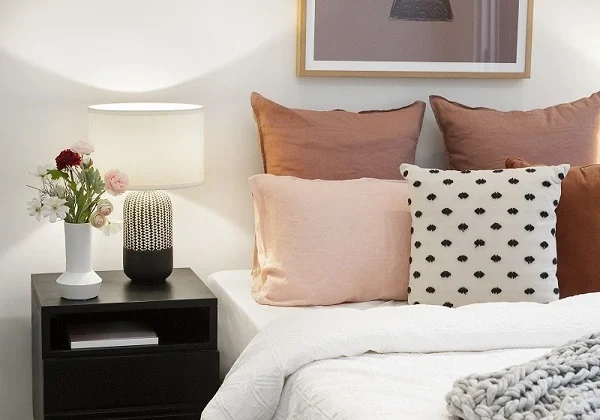




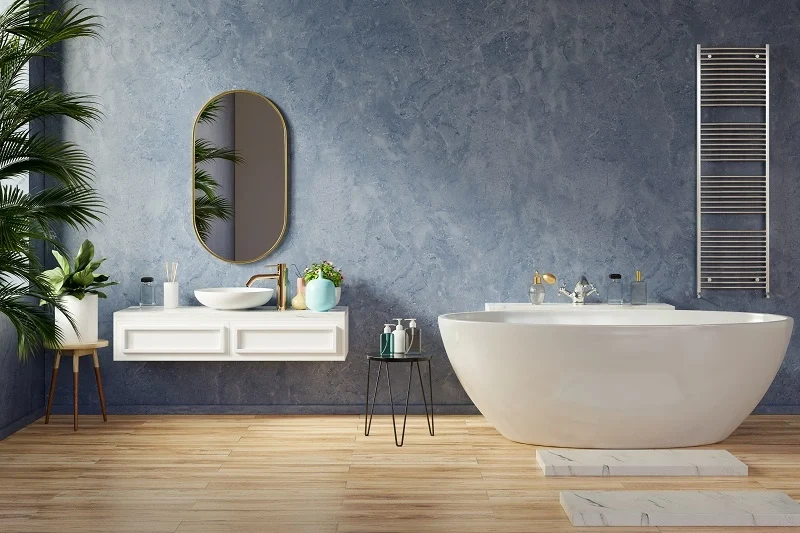
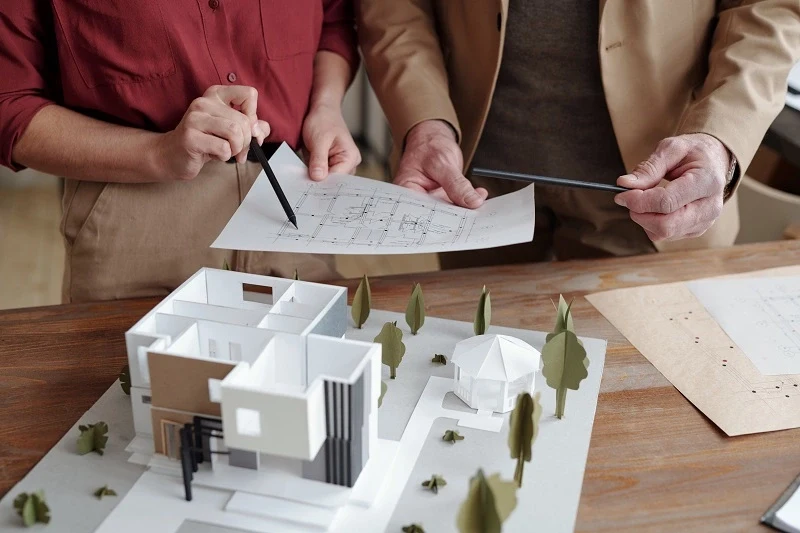
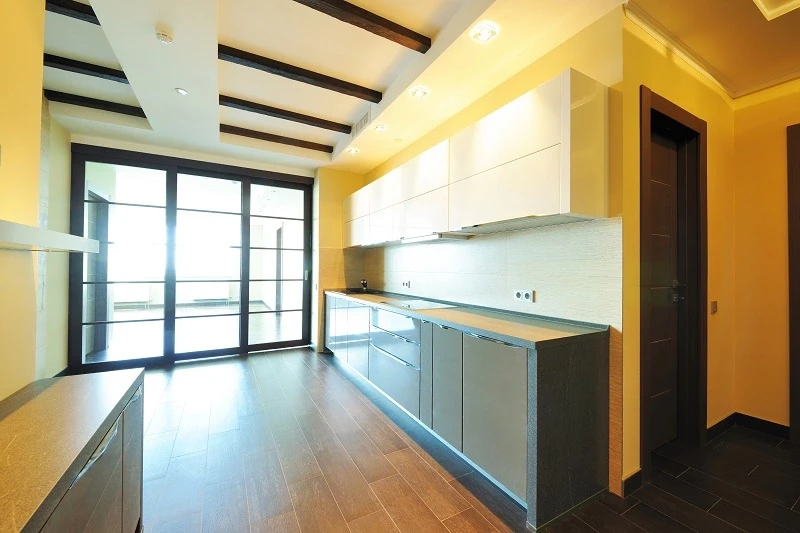
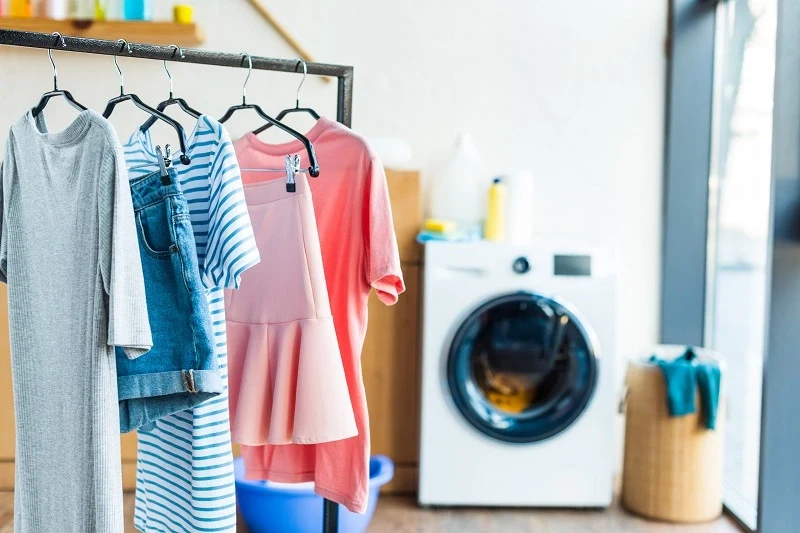
Ask a Question